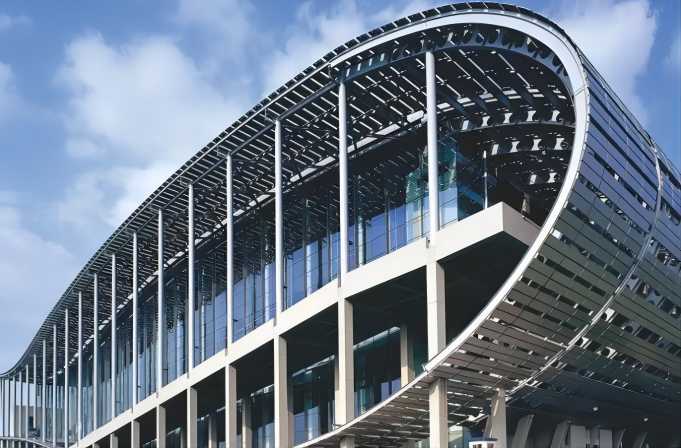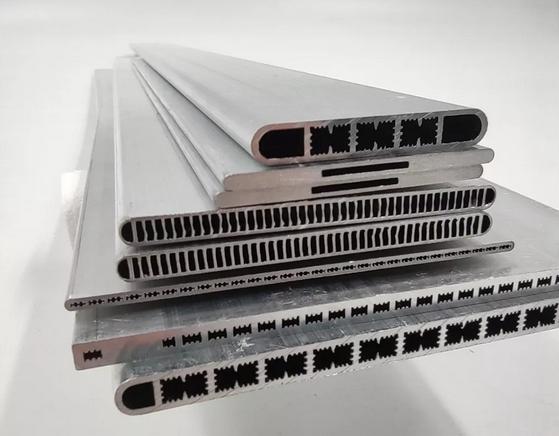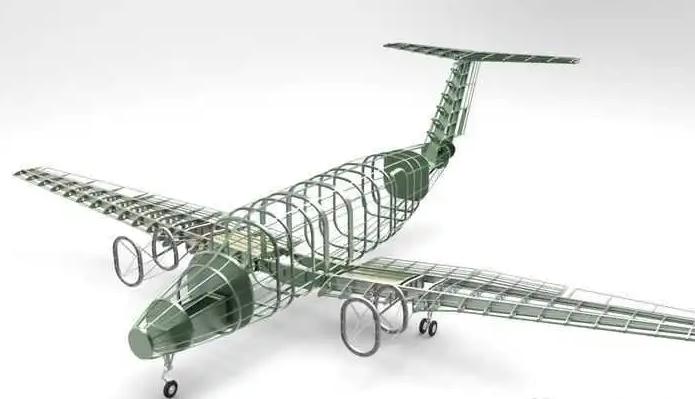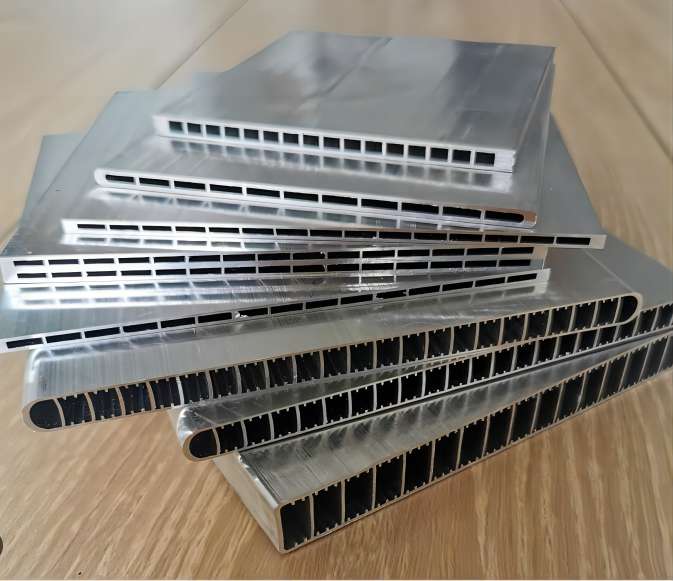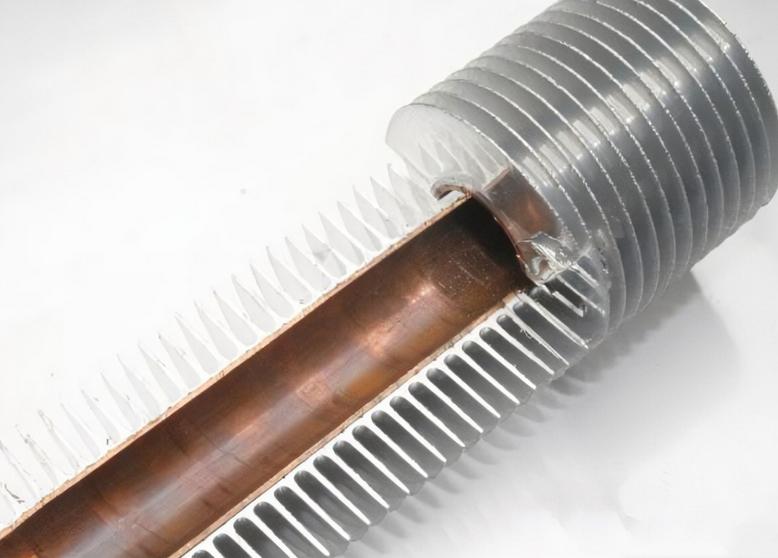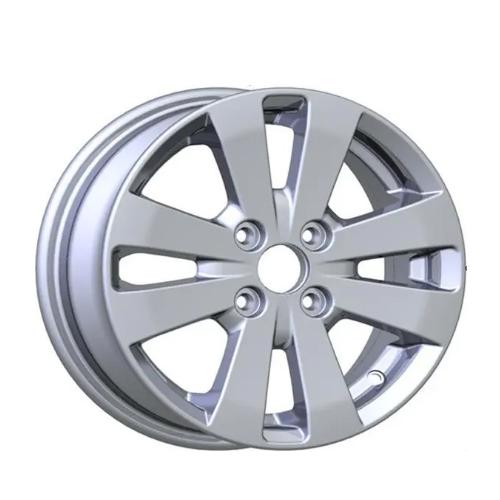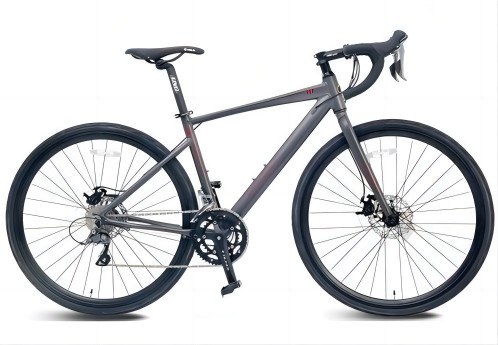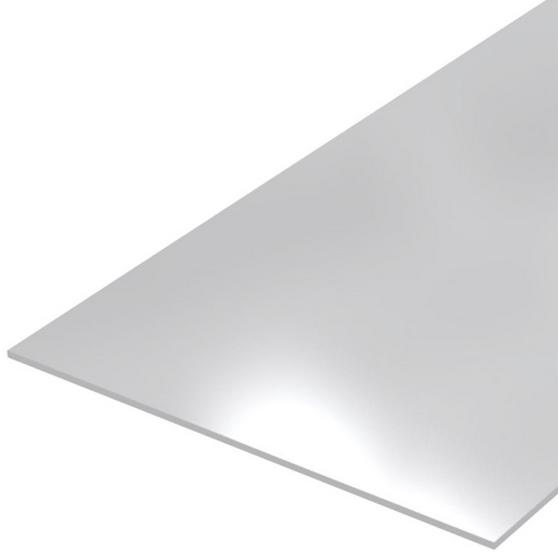Why Seamless Aluminum Tubes Are the Preferred Material in the Chemical, Oil, and Gas Industries
Seamless aluminum tubes are a versatile material that is used in a wide variety of applications, including the chemical, oil, and gas industries. In these industries, seamless aluminum tubes are often…
Unveiling the Benefits and Types of Aluminum Fiber Sound-Absorbing Panels
In today’s world, where noise levels are constantly rising, the need for effective soundproofing solutions has become increasingly important. Aluminum fiber sound-absorbing panels have emerged as a versatile and efficient solution for…
What Are the Aluminum in Construction?
Aluminum has become an indispensable material in the construction industry, owing to its exceptional properties that make it an ideal choice for a wide range of structural applications. Lightweight, durable, and…
Microchannel Aluminum Tubes: A Key Technology for Next-Generation Automotive Air Conditioning
Microchannel aluminum tubes are a new type of refrigerant carrier pipe that is widely used in automotive air conditioning systems. They are made of aluminum alloy and have a very thin…
The Rising Popularity of 5083 Aluminum Sheets: Price and Supplier Selection in China
In the world of manufacturing and construction, aluminum has established itself as a versatile and reliable material. Its remarkable properties, such as lightweight, corrosion resistance, and excellent formability, have made…
Aircraft Aluminum Tube: Properties, Applications, and Manufacturing
Aluminum has been a key player in the aviation industry for decades, primarily due to its exceptional strength-to-weight ratio, corrosion resistance, and overall versatility. Within the realm of aircraft construction,…
How to Choose the Right Aluminum High Frequency Welded Pipe for Your Application?
Aluminum high frequency welded pipe (HFW pipe) is a type of seamless pipe that is produced using a high frequency electric current to weld the edges of a flat aluminum strip together…
Exploring the Pros and Cons of Aluminum Finned Tubes
Aluminum finned tubes are a crucial component in various heat transfer applications, from industrial processes to HVAC systems. These specialized tubes are designed to enhance heat transfer efficiency by increasing…
Steel vs. Aluminum Wheels: What the Auto Industry Prefers
Wheels are an integral component of the modern automobile, and over the years, their construction materials have seen a significant evolution. Steel and aluminum are two of the most commonly…
Carbon vs. Aluminum: Which Material Rules the Road?
The world of cycling is rife with choices, and one of the most critical decisions you’ll make when selecting a new bike is whether to go for a carbon or…
Microchannel Aluminum Flat Tube: A Promising New Heat Exchanger Material with Wide Applications
Microchannel aluminum flat tubes, often referred to as parallel flow aluminum flat tubes, represent a breakthrough in heat exchanger technology. These thin-walled, porous, flat-shaped tubes exhibit exceptional thermal conductivity and…
An In-Depth Look at 5052 Aluminum Sheet: Properties and Applications
Aluminum has long been a favorite in various industries due to its lightweight, corrosion-resistant, and malleable nature. Among the many aluminum alloys available, the 5052 aluminum sheet stands out for its…



